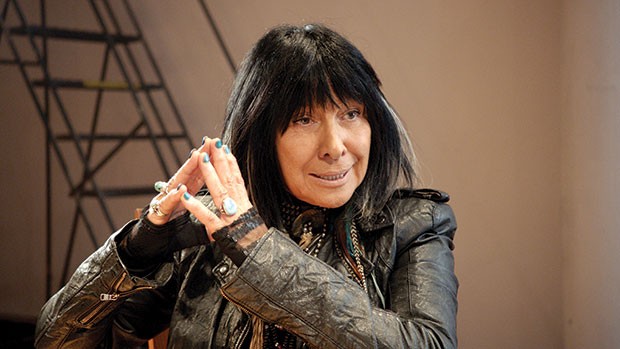Catherine Bainbridge and Alfonso Maiorana’s documentary poses a new question in the already well-documented history of rock ’n’ roll — what were the contributions of Native Americans? — and comes up with some fascinating material. The film begins near the middle, with Link Wray, who grew up poor and Shawnee in North Carolina. His 1958 single “Rumble” introduced two of rock’s critical components: distortion and the power chord. (Because the tune sounded so “dangerous,” it had the rare distinction of being a banned instrumental — so you know it was good.) Then the film travels back to early and influential performers such as blues artist Charley Patton and jazz singer Mildred Bailey. Throughout the film, compelling arguments are made for how Western forms of music incorporated the rhythms and vocal stylings of traditional Native American music. (New Mexican Randy Castillo began drumming as a child with a traditional instrument, and then memorably pounded the kit for Ozzy Osbourne’s band.) Performers (such as Buffy Sainte-Marie and The Band’s Robbie Robertson), music historians and others talk about how Native American contributions to popular music were often overlooked, not just because the industry often marginalizes those who are not white males, but because so many performers downplayed their ethnic heritage due to existing prejudices. Among those who didn’t were the 1970s group Redbone (“Come and Get Your Love”), who wore native-inspired costumes and miked the floor to do traditional foot-stomping dances.
Rumble: The Indians Who Rocked the World
A documentary that details contributions Native American artists made to rock’n’ roll


